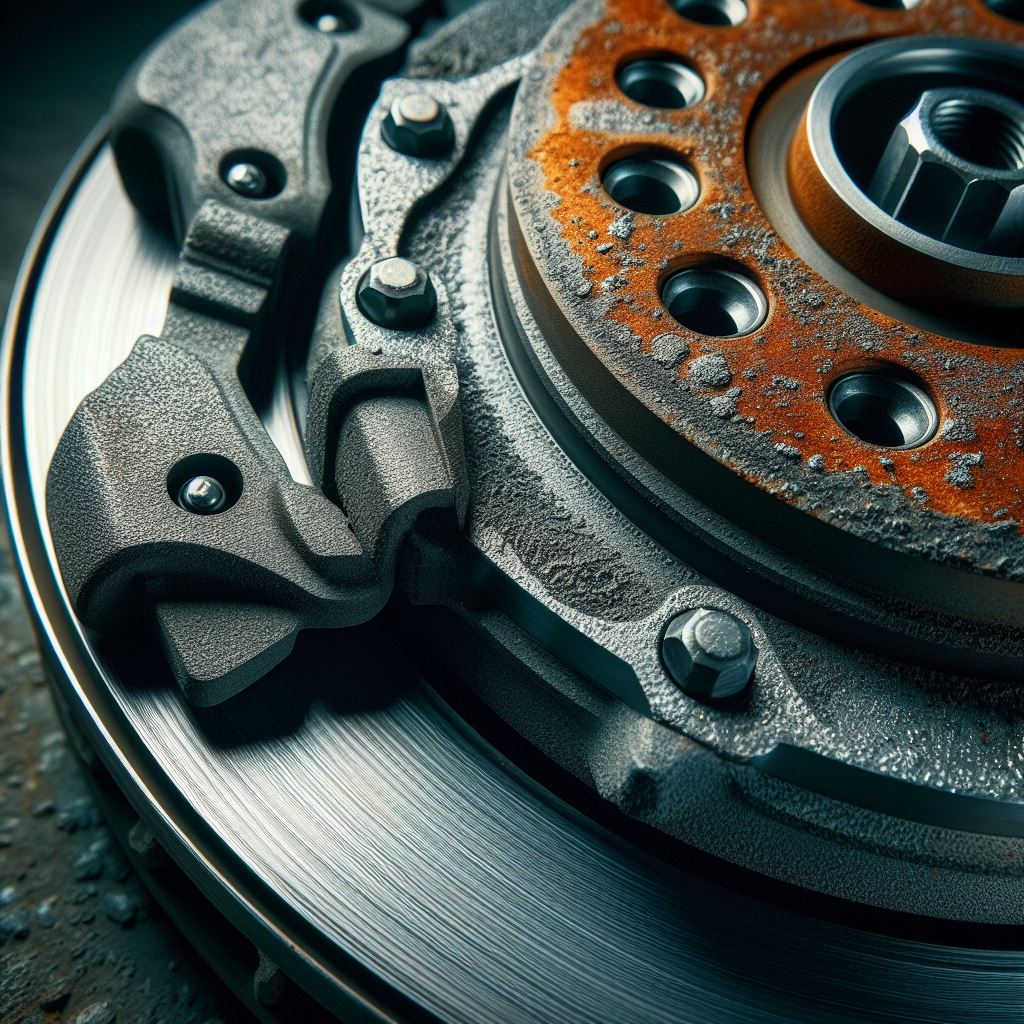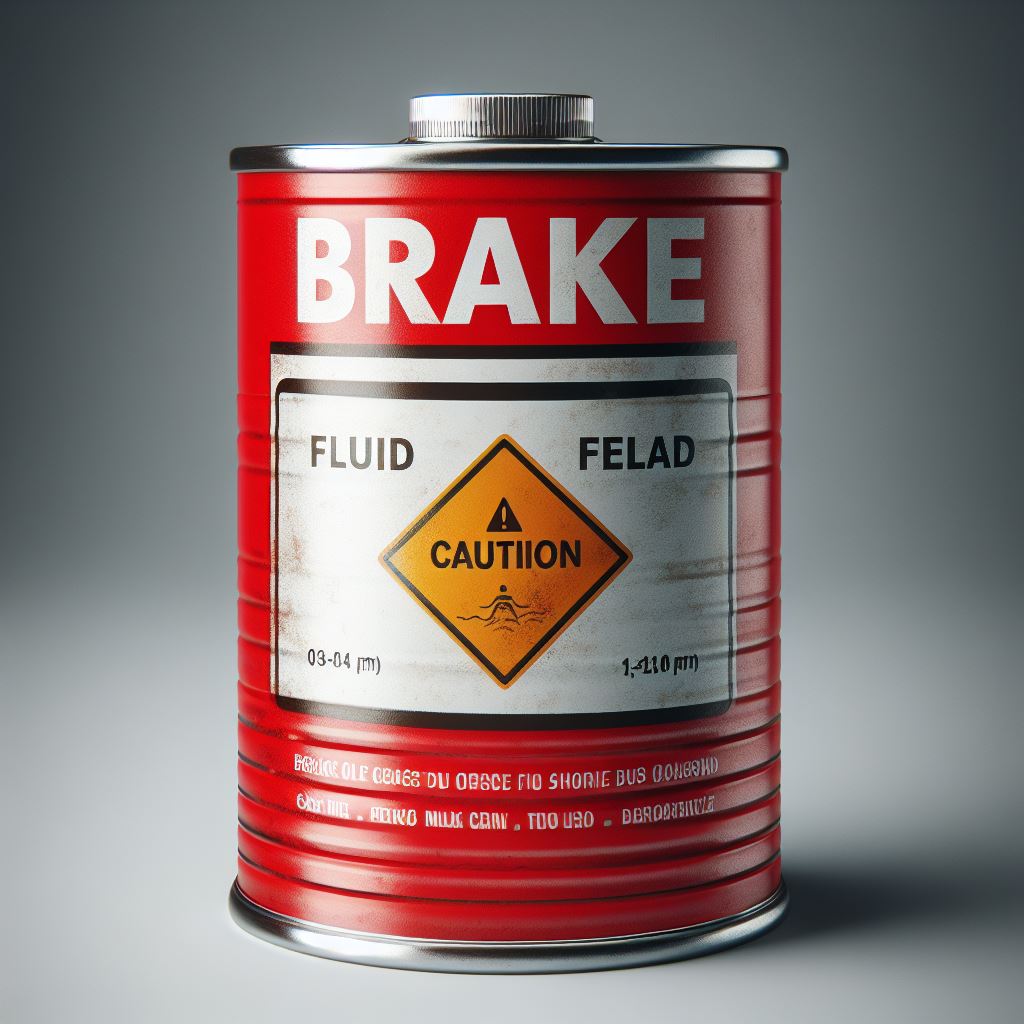About Brake Hardware And Accessories For All Vehicles
In today’s day and age of efficient transportation, the importance of brakes cannot be overstated. Being able to bring your car to a stop safely is not just a convenience; it’s a matter of life and death. Without brakes, drivers wouldn’t know when or how to slow down, and danger would be imminent.
When properly maintained, brake systems can last for years– but only if you keep track of what parts need to be replaced and when. The braking system consists of various important components like rotors, pads, calipers, and more– each with its unique purpose in helping your vehicle come safely to a halt.
Knowing about these parts and their function is the key to avoiding brake failure or catastrophic accidents. To this end, drivers must educate themselves on their car’s braking system, familiarizing themselves at least with the basics before attempting any repairs.
Table of Contents
Brake Hardware and Accessories for All Vehicles
Brake Discs
Brake rotors/discs are essential parts of disc brakes as they provide a surface for the brake pads to push against when responding to braking inputs from the driver. Pushing the brake pad against the brake rotor creates friction that slows or stops the car.
The expected lifespan of such a part can vary, but generally, it is recommended to be replaced between 30,000 and 70,000 miles depending on their usage and general wear over time. To extend their life, a process known as “brake resurfacing” may be used, and have they regularly inspected every 12,000 miles.
It is important to remember that regardless of how well one takes care of brake rotors/discs, they will eventually degrade and need replacement due to normal wear and tear. Some key signs that it is time to replace this part include an increase in vibration upon pressing the brakes or a decrease in response time; when either of these signs occurs, you should consult an expert mechanic for further advice on whether you should replace your brakes.
Ultimately, it is important to closely monitor these parts in order to ensure optimum stopping performance from your vehicle’s brakes.

Brake Pads
Brake pads are a vital component within disc brakes that are used to slow down the speed of the wheels. They are housed in brake calipers and activated by brake pistons when pressed. The quality of the pads will dictate how long they last – harder pads being more durable than softer ones – but typically, they need to be replaced once they have been worn down onto the metal ‘shoe’ part at around 40,000 miles on average.
This can vary between 25,000 and 65,000 depending on the quality and care taken with them. However, if you hear any squealing while braking, this could indicate an issue with your brake pads, and it’s worth getting them checked out as soon as possible.
If you maintain your disc brakes regularly, you will often replace your brake pads less frequently and can depend on them for as long as possible without issue.
Ensuring an adequate friction material between the wheel rotor and caliper can also improve your brakes’ lifespan. Hence, it’s worth checking these over when maintaining your vehicle too.
Brake Calipers
The brake caliper is essential to any automobile, allowing for controlled and precise braking. Acting as a clamp when the brake pads apply pressure, it works to slow down a vehicle’s brake rotors or discs accurately. It houses the brake pads, pistons, and fluid, allowing them to work together to accomplish this important task.
The lifespan of a caliper largely depends on how often the car is used. If it sits for too long without being driven, the components can break down or become stuck due to dirt or debris build-up.Sometimes, the caliper can seize up entirely, risking your brakes.
For this reason, regular service checks are necessary to ensure all parts are properly working before taking your car out on the roads.
Ultimately, proper maintenance of your calipers is key to proper and safe vehicle functioning – if they aren’t taken care of, you could be putting yourself at risk while driving.
Perform regular service checks on them and take the time to properly assess their condition before setting out each time so that you can guarantee your safety and peace of mind while behind the wheel.
Brake Fluid
Brake fluid is essential to your brakes’ operation and must be checked regularly as part of your vehicle’s routine maintenance. It transfers pressure from the brake pedal to the calipers when braking, allowing for controlled and precise stopping. As such, it is paramount that this system remains in good condition if you wish to guarantee your safety while driving.
To ensure that your brake fluid is in optimal condition, it’s important to check it regularly and ensure it isn’t contaminated with dirt or debris.
Additionally, when topping off the fluid level, if necessary, you should always use the right type of brake fluid for your specific vehicle, as different fluids have different boiling points. This is essential information for ensuring optimal braking performance from your car.

Brake Drums
Brake drums are a crucial component in any drum braking system. Unlike disc brakes, which are stopped by brake pads, drum brakes are stopped with brake shoes.
When you hit the brake pedal in your vehicle, the wheel’s hubs rotate inside the drum and slow down the wheel until it eventually stops. Brake drums generally last longer than most other components in a braking system, often lasting more than 100,000 miles without issue.
Although they should last some time, several signs indicate they should be replaced. If you apply the brakes too frequently, they may begin to fade faster than expected. Other signs can include shaking or pulling to one side when braking and loud noises when coming to a stop.
If you experience any of these symptoms, it’s highly recommended that you have your drums checked out immediately, as it could indicate a needed repair or replacement before further damage is done.
Brake Lines
Brake lines carry brake fluid from the master cylinder to the wheels, allowing the driver to control the vehicle’s stopping power. In most cars, these lines are made from stainless steel and rubber. This allows them to remain flexible and durable, and reliable over time.
Brake lines should typically last as long as your car does, but smaller components of the line may start to fail unexpectedly due to age or wear.
If you ever notice that your car is leaking brake fluid, it could mean an issue with your brake lines. In this case, it is usually wise to replace the entire line instead of trying to repair it.
An inspection can help you identify where the problem lies and confirm if your brake line has become damaged or worn down over time. If this is true, then replacing it with a new one is likely necessary for your stopping power to be fully functional again.
Brake Pistons
Brake pistons are an essential part of a vehicle’s braking system. They’re located within the brake calipers and press against brake pads to create friction for slowing or stopping the car. Depending on the type of vehicle, there can be one or two pistons per brake, but there may also be more pairs.
The pistons are activated by brake fluid from a master cylinder, which will cause them to move outward and apply pressure to the brake pad material against the rotor/disc.
Brake pistons have a life expectancy similar to their corresponding brake calipers, depending on how often they’re used and environmental conditions such as road salt or heat exposure.
Over time, erosion or sticking may occur when symptoms such as leaking brake fluid or brakes that stick can become apparent and require replacement of both components before further damage is done. Pistons should be regularly inspected for signs of wear and may need to be replaced if noticed to ensure safety while driving.
Frequently Asked Questions [FAQs]
1. What Braking Systems Are In All Cars?
All cars have a basic braking system which consists of brake pads, discs, calipers, and a master cylinder. The brake pads press against the discs to create friction when the driver applies pressure to the brakes.
The calipers hold the brake pads in place and also transfer hydraulic pressure from the master cylinder when brakes are applied. The master cylinder is responsible for converting driver input into hydraulic pressure, which is then used to control the brakes.
2. How Often Should I Replace My Brake Hardware?
It depends on a few factors, such as how often you drive and the type of vehicle, but generally speaking, it’s recommended that you inspect your brake hardware every 6 months or 10,000 miles (whichever comes first) and replace any worn-out parts. Refer to your vehicle’s owner’s manual for specific guidelines on when to replace brake hardware.
3. Do You Need Hardware For The Brakes?
Yes, you do need hardware for the brakes. Brake hardware includes brake calipers, rotors, drums, master cylinders, wheel cylinders, and all the mounting hardware and components needed to properly install a brake system in any vehicle.
4. What Is The Most Popular Braking System?
The most popular braking system for vehicles is the disc brake. Disc brakes are used on nearly all cars, SUVs, and trucks today and have been used since the early 1900s. Disc brakes work by clamping down on a rotor with two brake pads to slow the vehicle down.
Disc brakes provide better stopping power than drum brakes, making them a preferred choice for high-performance applications. They also require less maintenance than drum brakes.
5. What Is The Hardware Brake Kit For?
A brake hardware kit is a set of components used to replace worn or damaged brake parts on a vehicle. The kit typically includes calipers, pads, shoes, rotors, hoses, and other brake items.
It is designed to repair the braking system in one go and provide reliable performance for years. The components within the kit vary by vehicle make and model, so it’s important to double-check the compatibility before purchase.
Conclusion
Brake hardware and accessories are essential for all vehicles. Brake pistons create friction to slow or stop a vehicle, but they can wear out over time and must be replaced. Brake kits include all the necessary components to repair the braking system in one go. It’s important to keep an eye on the condition of your brakes and replace any worn-out parts as soon as possible.With some knowledge in hand and professional guidance from certified technicians, drivers should have no problem keeping their cars running smoothly on the road for years to come. Read on and learn more about it.
